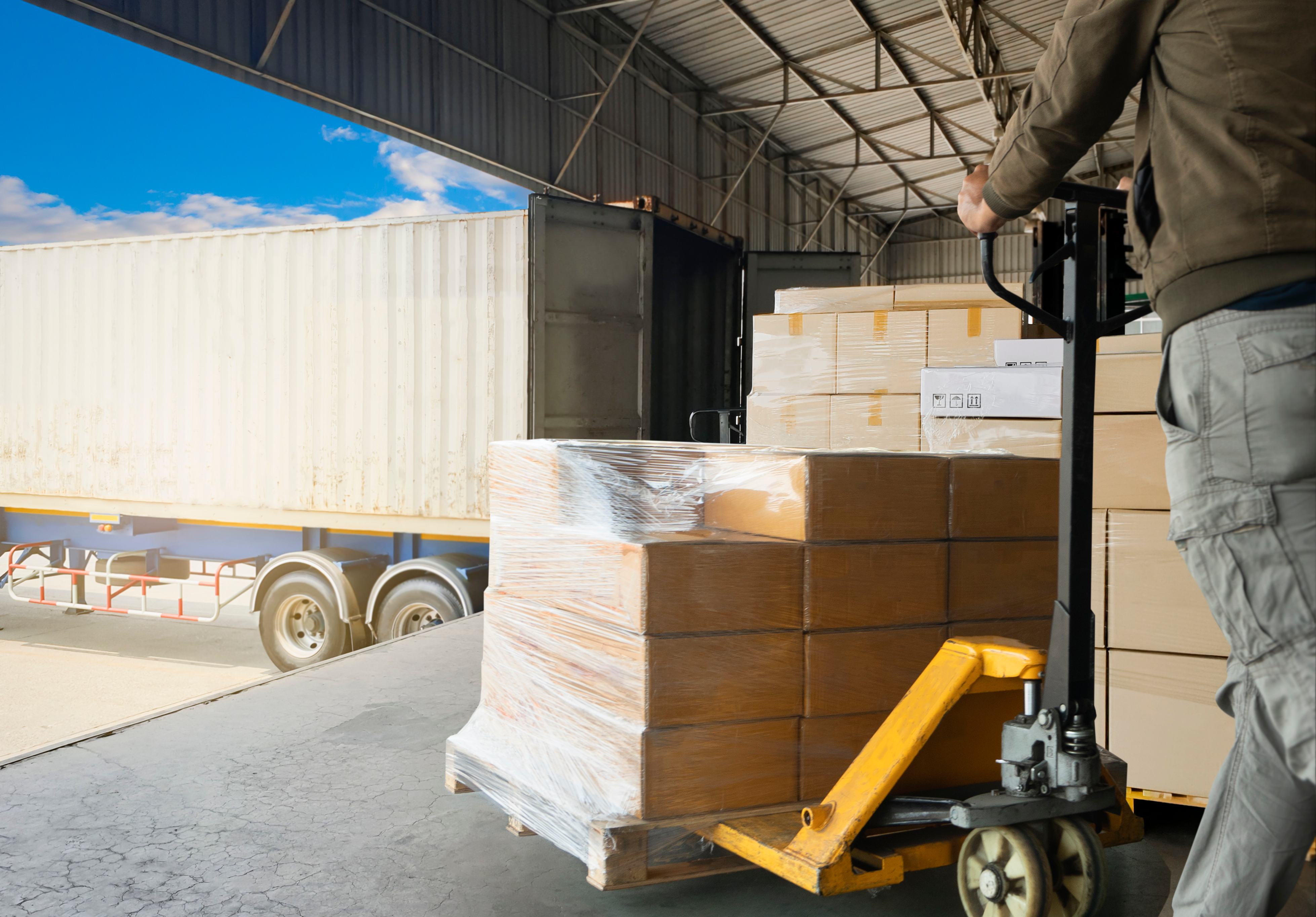Introduction
The Southern California ports, which are among the busiest in the United States, have long been a barometer of the nation’s economic health. Any fluctuations in their performance are closely watched by economists, industry experts, and businesses across the country. In August, there was a sigh of relief as these ports rebounded from the challenges of the past year. However, as we delve into the details of the recent developments, it becomes clear that the ports’ outlook for near-term volumes remains somewhat muted.
The August Rebound
According to a recent article published on Maritime Executive, the Southern California ports experienced a rebound in August. This uptick in activity is undoubtedly a positive sign, as it follows a period of significant disruptions caused by the COVID-19 pandemic and other logistical challenges.
One of the key factors contributing to this rebound is the gradual recovery of global trade. With more countries reopening their economies and increasing consumer demand, the movement of goods has been picking up pace. As a result, the ports in Southern California, which handle a significant portion of the nation’s imports and exports, have seen increased traffic.
Understanding the Muted Outlook
While the August rebound is certainly good news, it is crucial to temper our expectations and understand why the ports’ outlook for near-term volumes remains muted.
Conclusion
The recent rebound in Southern California ports’ performance is undoubtedly a positive development, signaling a step towards normalcy in the wake of unprecedented challenges. However, it is essential to recognize that the road to full recovery remains fraught with obstacles.
The muted outlook for near-term volumes is a reminder that the global supply chain is a complex and interconnected system that cannot fully recover overnight. As businesses and policymakers work together to address the lingering issues in the supply chain and invest in the ports’ infrastructure, we can hope for a more robust and resilient system in the future.
In the meantime, it’s crucial for businesses to continue to adapt to the evolving logistics landscape, remain agile, and explore strategies to mitigate the impact of supply chain disruptions. The Southern California ports will likely play a crucial role in the nation’s economic recovery, but their full potential may take some time to be realized.




